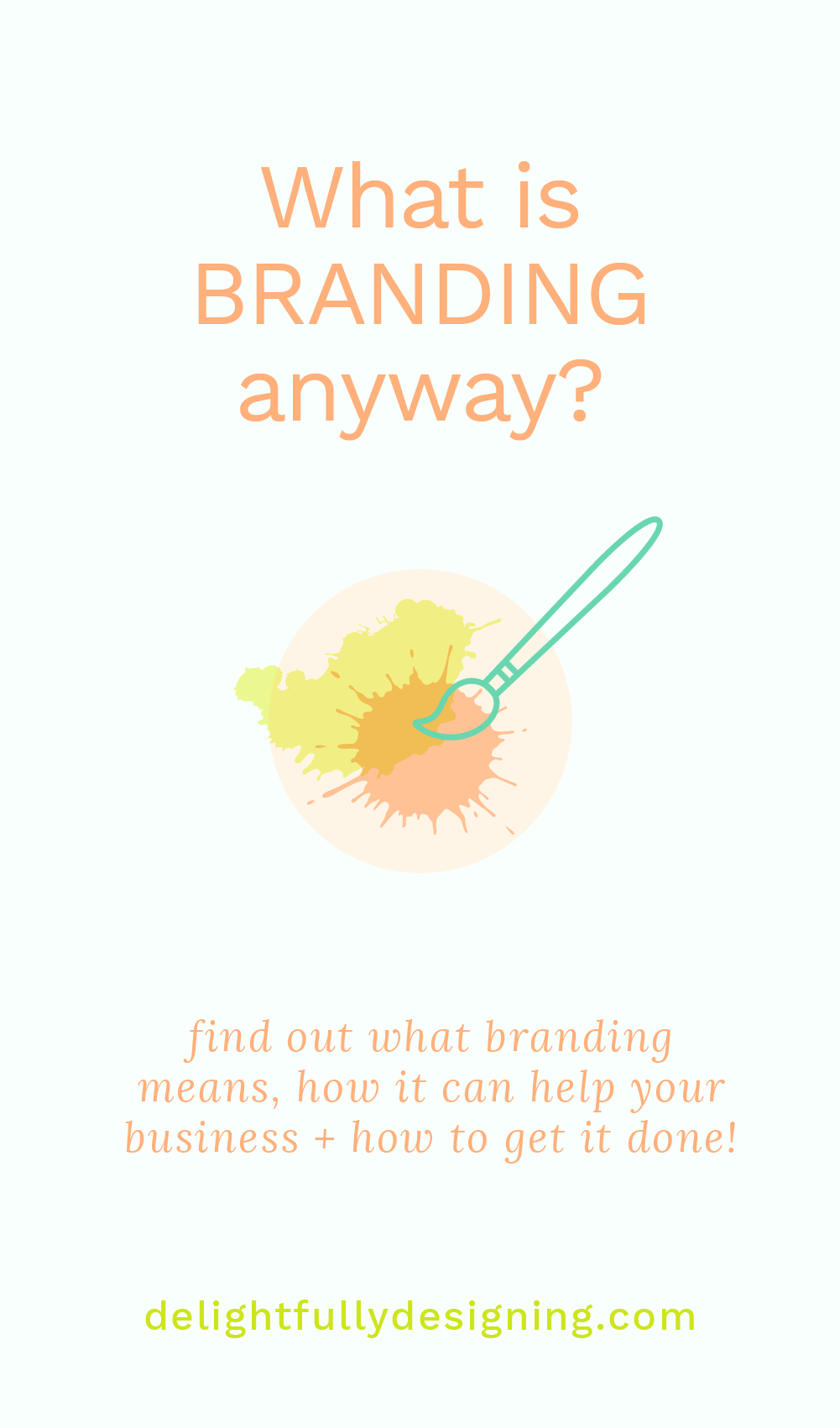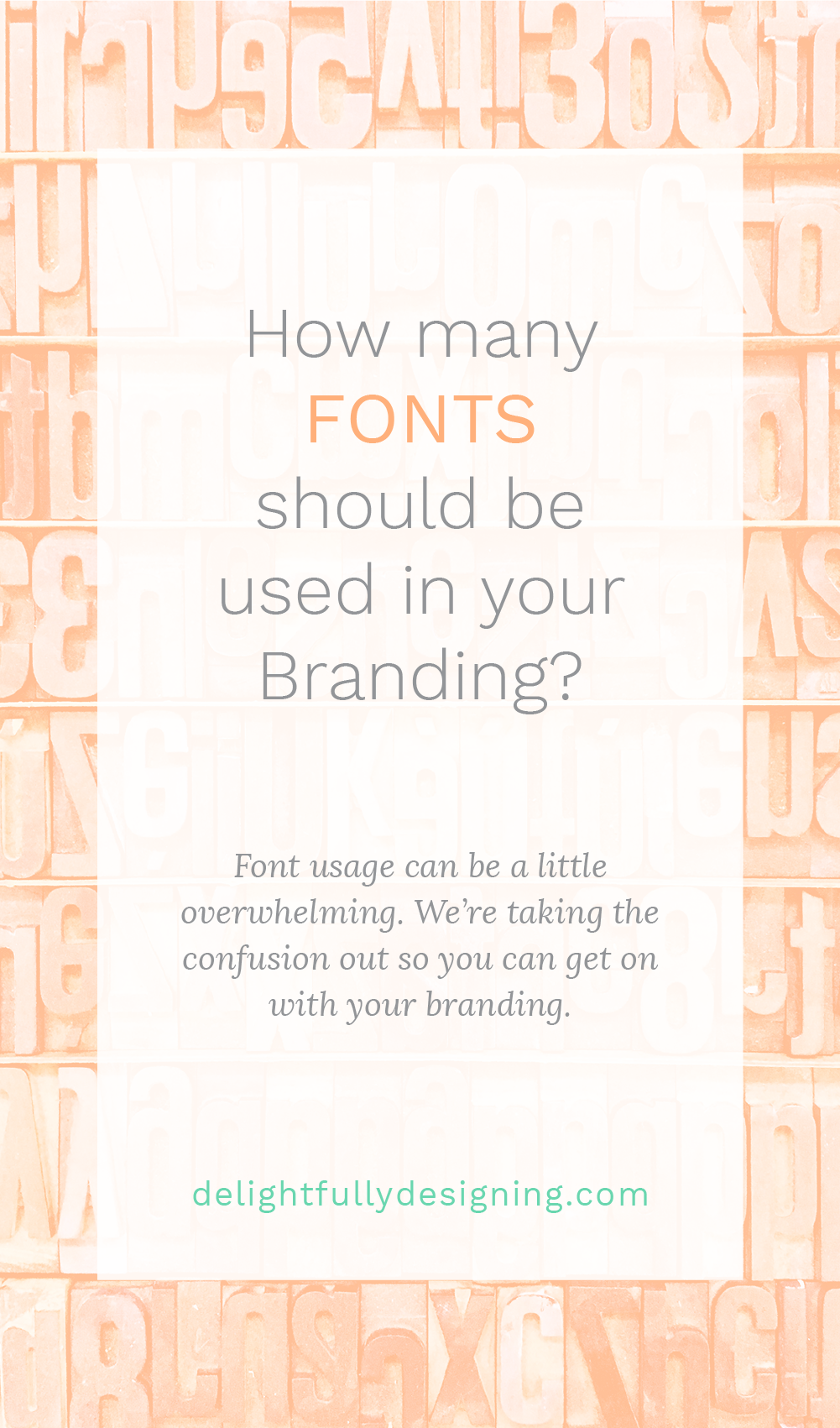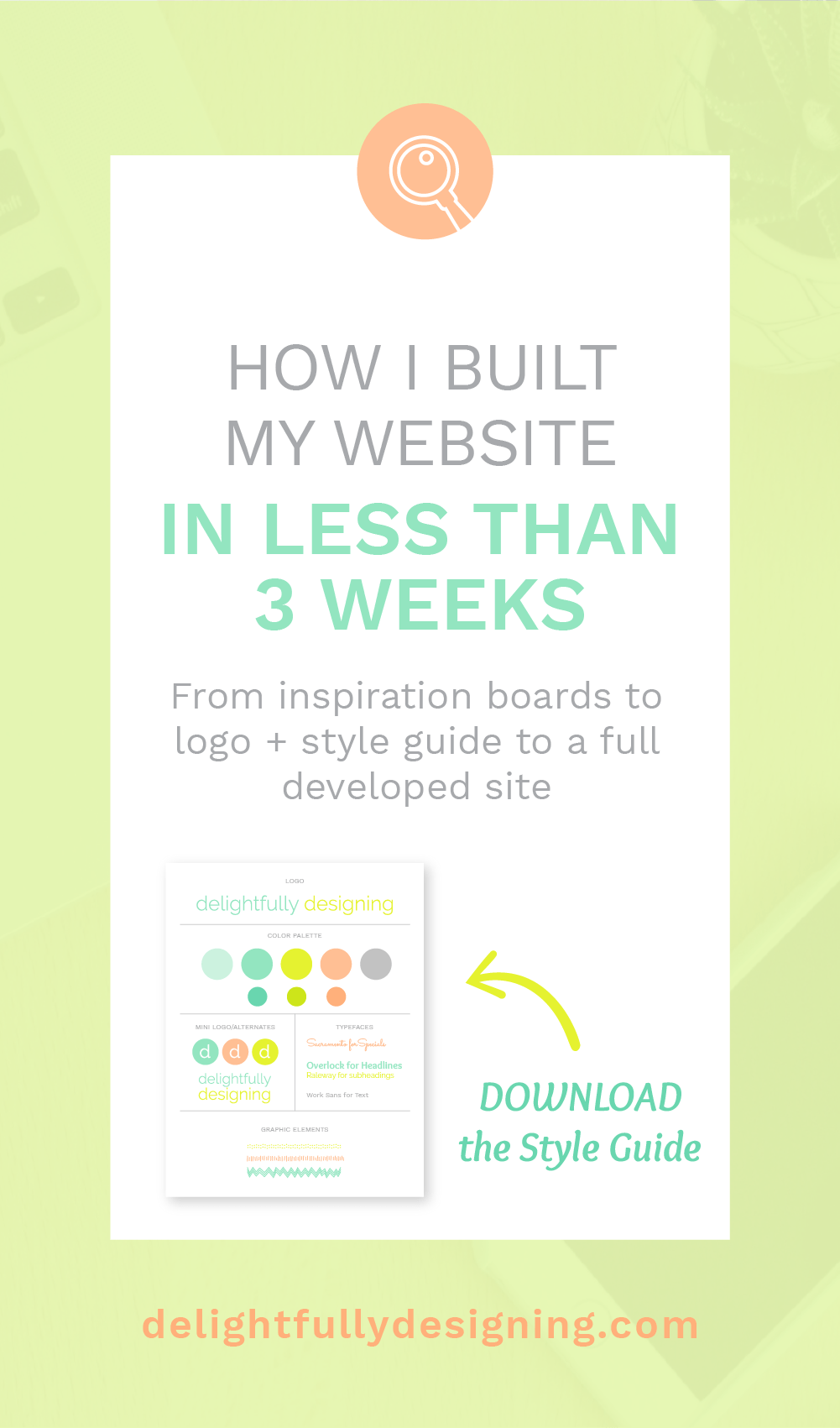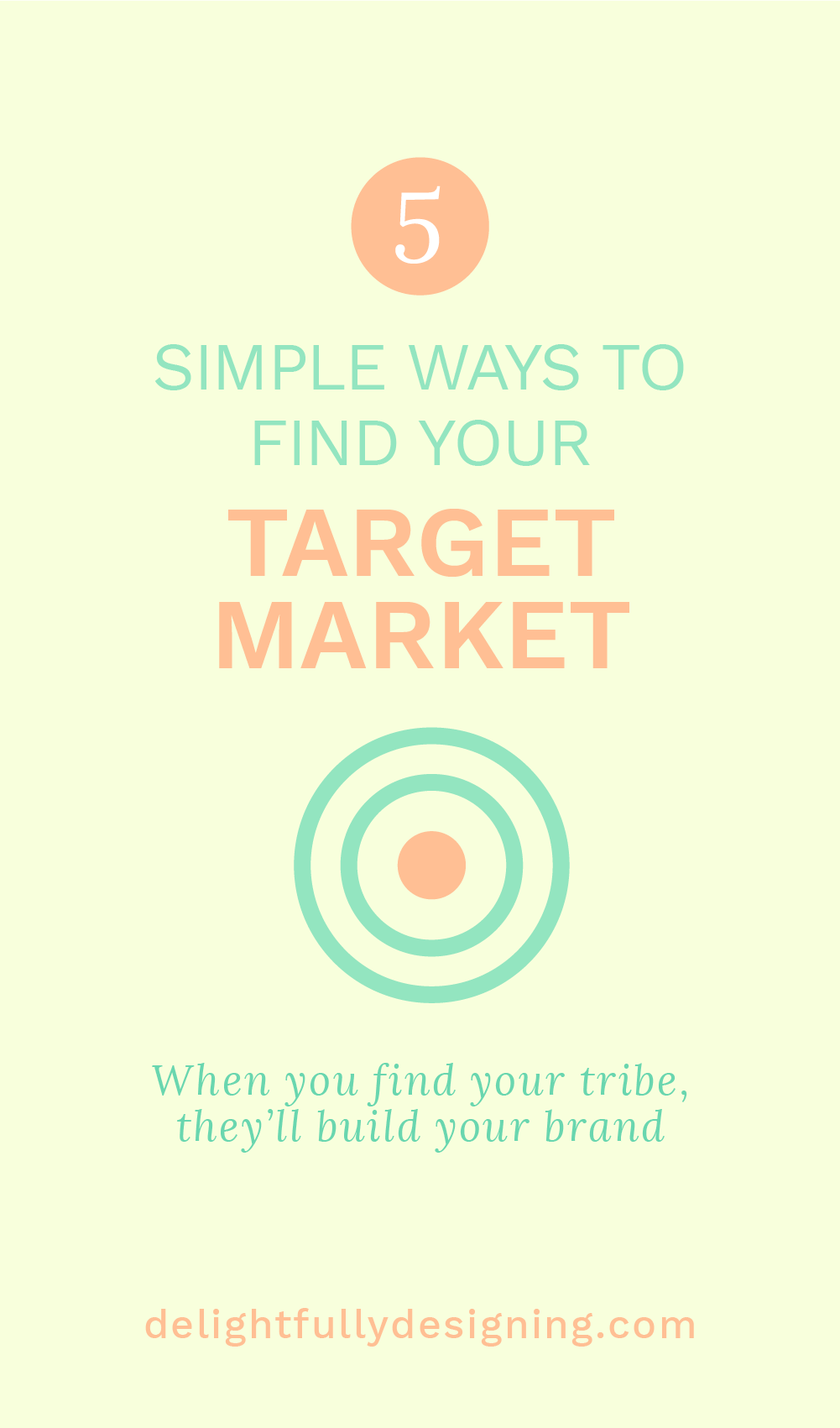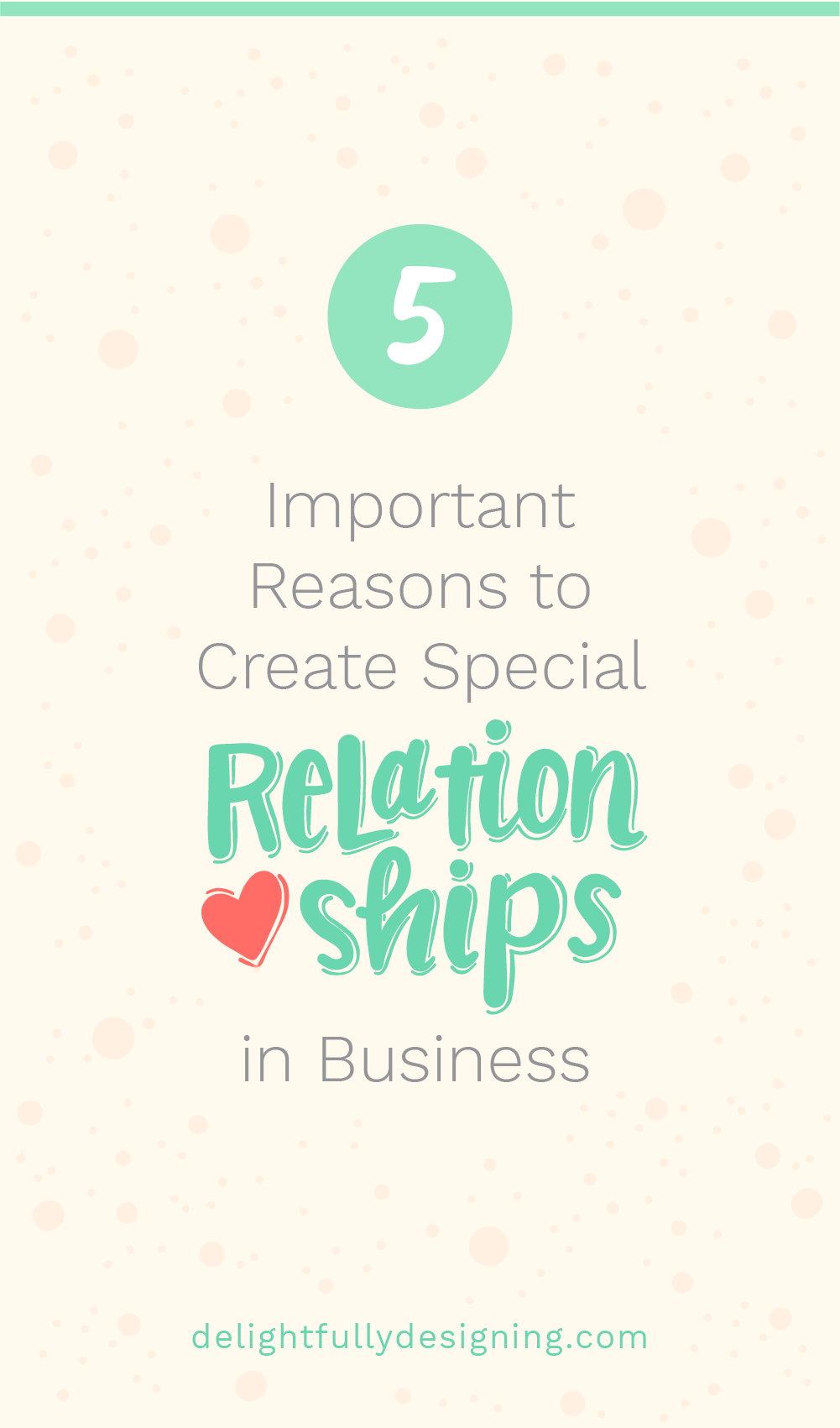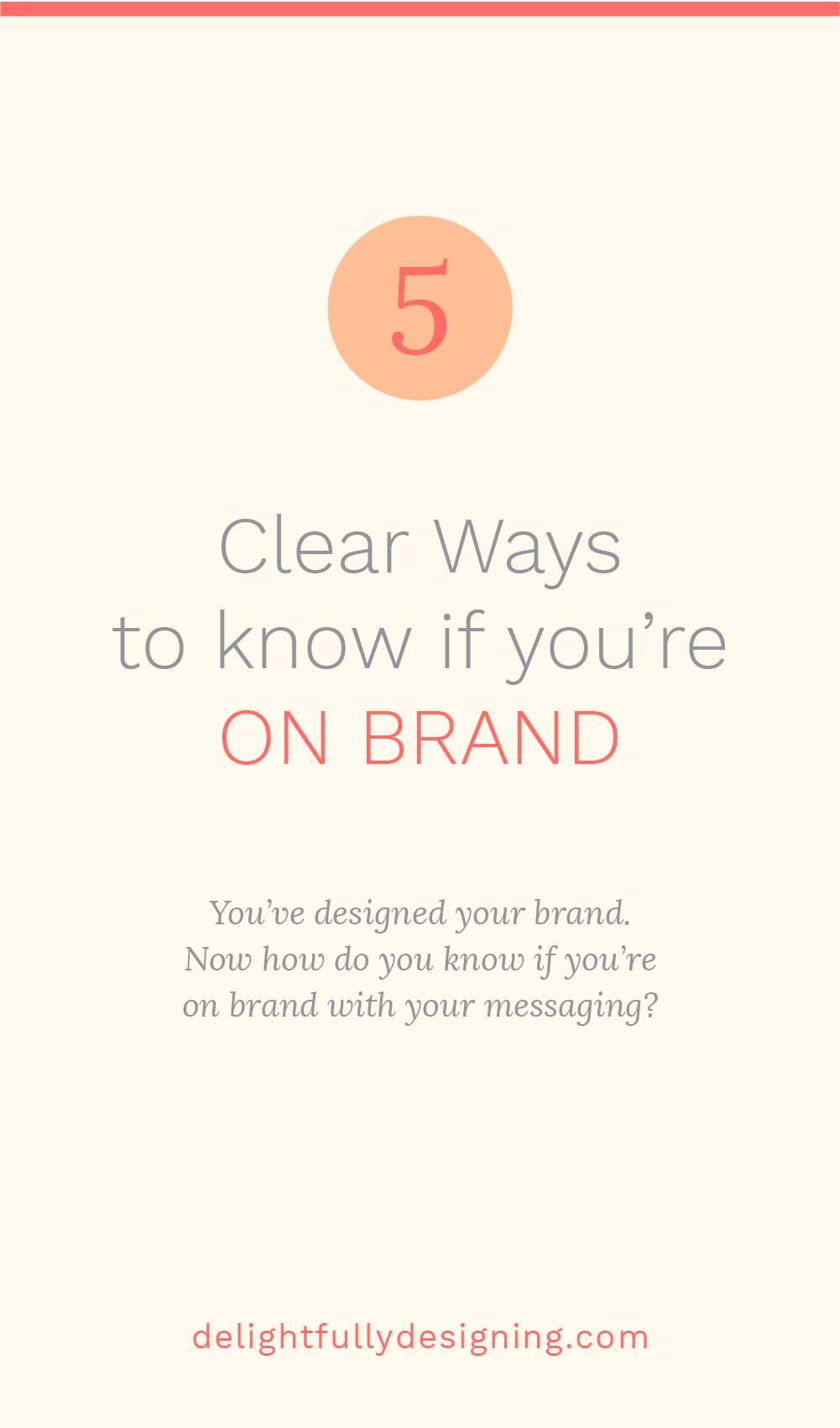So what is branding?
This is a question I hear often. I see it posted in groups, forums and I even get asked myself by many clients.
Everyone is trying to figure out how to brand themselves or their business, but a lot of them don’t even know how to define branding. Most people know it’s something important, something they need for their business and something that will make them stand out. More knowledgeable people know that it has something to do with colors and fonts and a logo.
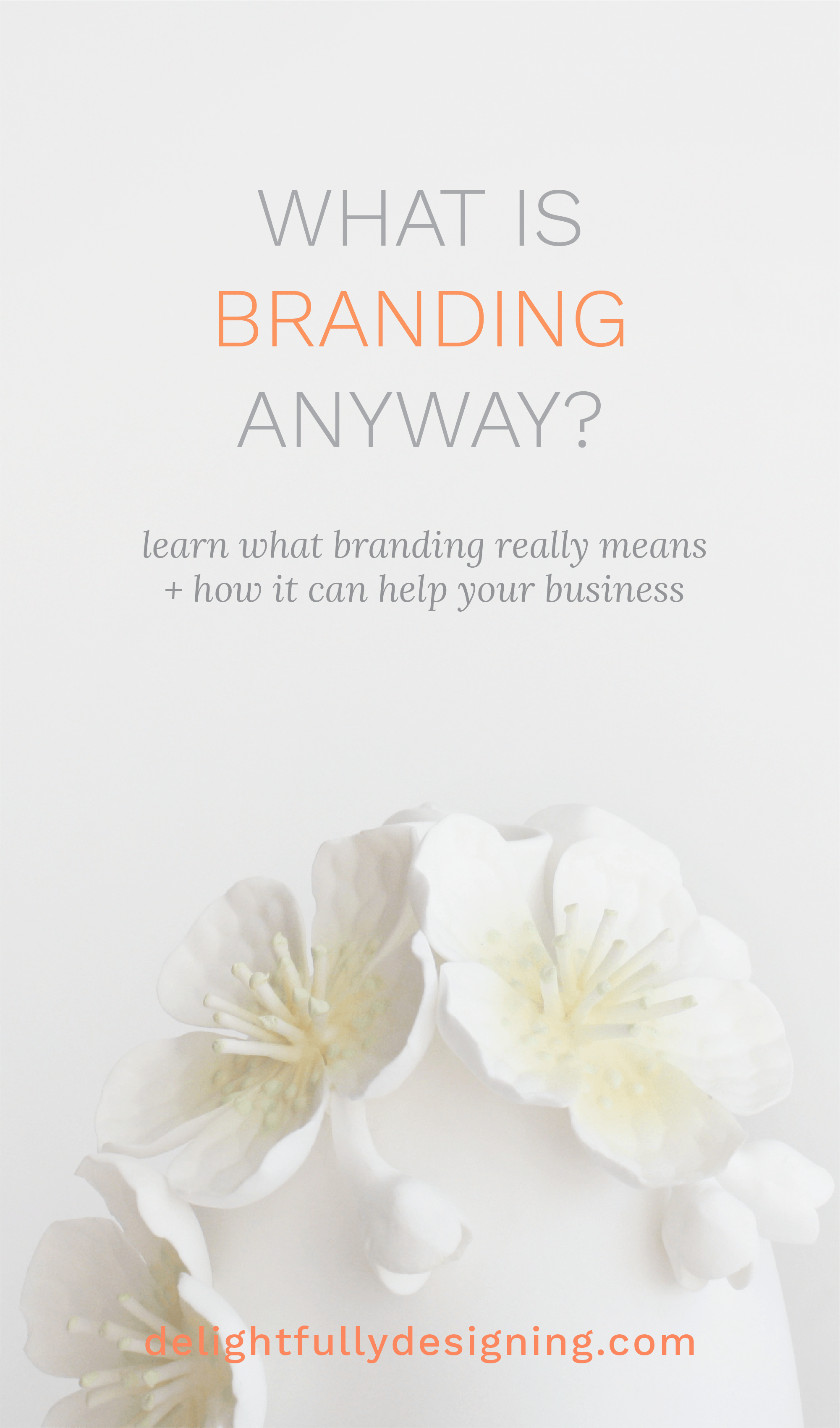
Branding is more than just a well-designed logo and a pretty color palette paired with trendy fonts.
In my opinion, Seth Godin sums it up best in this quote:
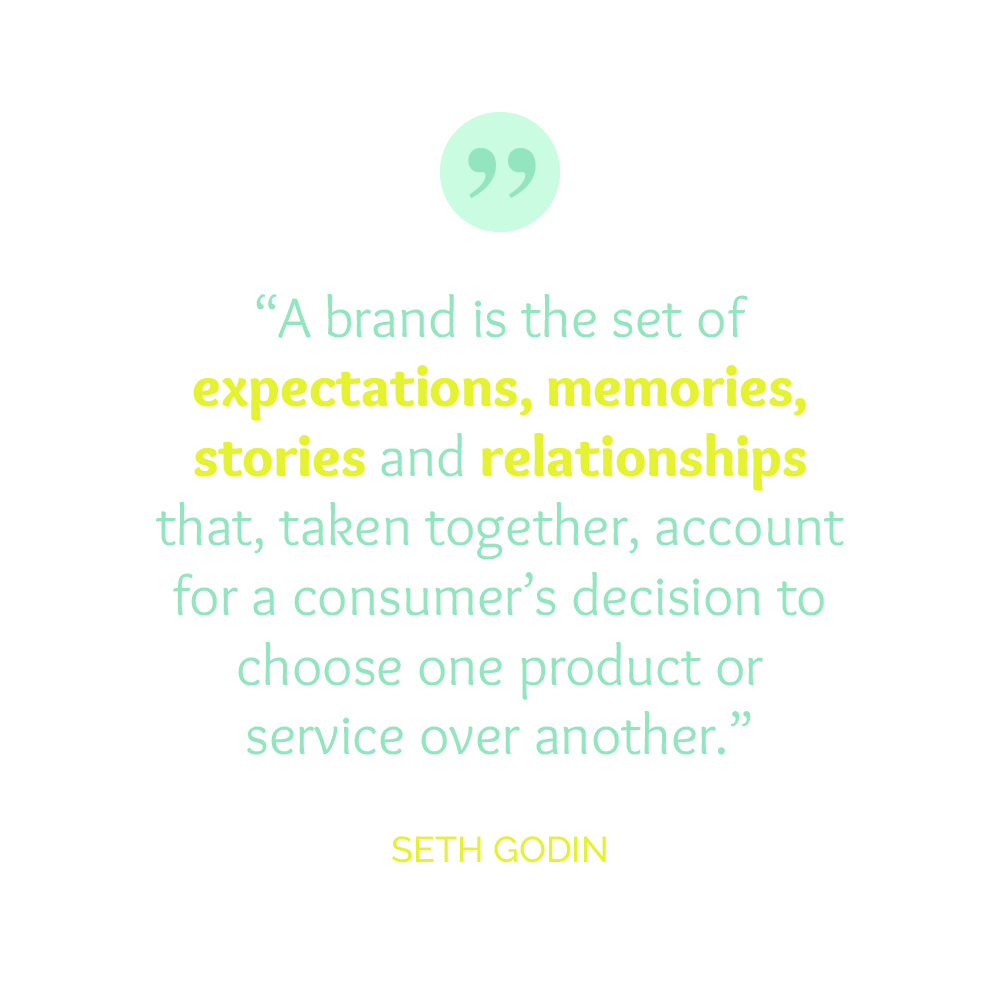
So let’s take Seth’s amazing quote and dissect it, to better understand what branding is as it relates to a business and how we can do it for our own.
1. EXPECTATIONS
Here are a few definitions of expectations from dictionary.com:
- the act or state of looking forward or anticipating.
- something expected; a thing looked forward to.
- the degree of probability that something will occur.
By these definitions, we gather that expectations refer to one or more things that people are anticipating or looking forward to. In our case, it means things that people are anticipating or looking forward to from our brand or business. In other words, our services or products.
So how can we build expectations?
This is where those typical things like logos and color palettes come to mind. The very first thing we have to do as a business owner or brand developer is to establish what our audience can expect from us. In order to do that, we have to think about who our audience is first. Once we determine that, it will be inform the next steps we will take as a business.
Most people don’t realize how much easier branding can be if we just think about the people we’d like to serve.
After we have thought about who we want to reach, the next step is to name our business. Most of the time, people try to develop a name that has something to do with what they do or what they offer; other times, businesses are named to purposely leave those expectations open and allow the business to grow and morph.

If you think about your audience before you name your business, you might end up with a different name altogether. Instead of naming this site KimberlyCosta.com, I thought about what I wanted to do for my audience, how I wanted to serve and I came up with Delightfully Designing. It didn’t take long either. It fit because that’s not only what I love to do but what I love to do for my clients and also what I wanted to teach.
So two of the very first components of branding, are your audience and your business name.
Once you’ve decided on your name, the next, logical step is a logo. Since you’ve already thought about your audience and came up with a name that sets up an expectation, you should have some direction for designing your logo.
For example, my direction was taken from the emotion that I decided on for my brand: DELIGHT. This emotion not only helped to name my business, but it made the mood I wanted to portray very clear: A light brand that was pleasant.
With that in mind, I decided that my logo should be very minimalistic, so a thin font would be best. I also decided that a light, bright palette would work best to convey that delight I was going for. Light, bright colors create a happy, pleasant mood.
This is how my branding style guide ended up looking:
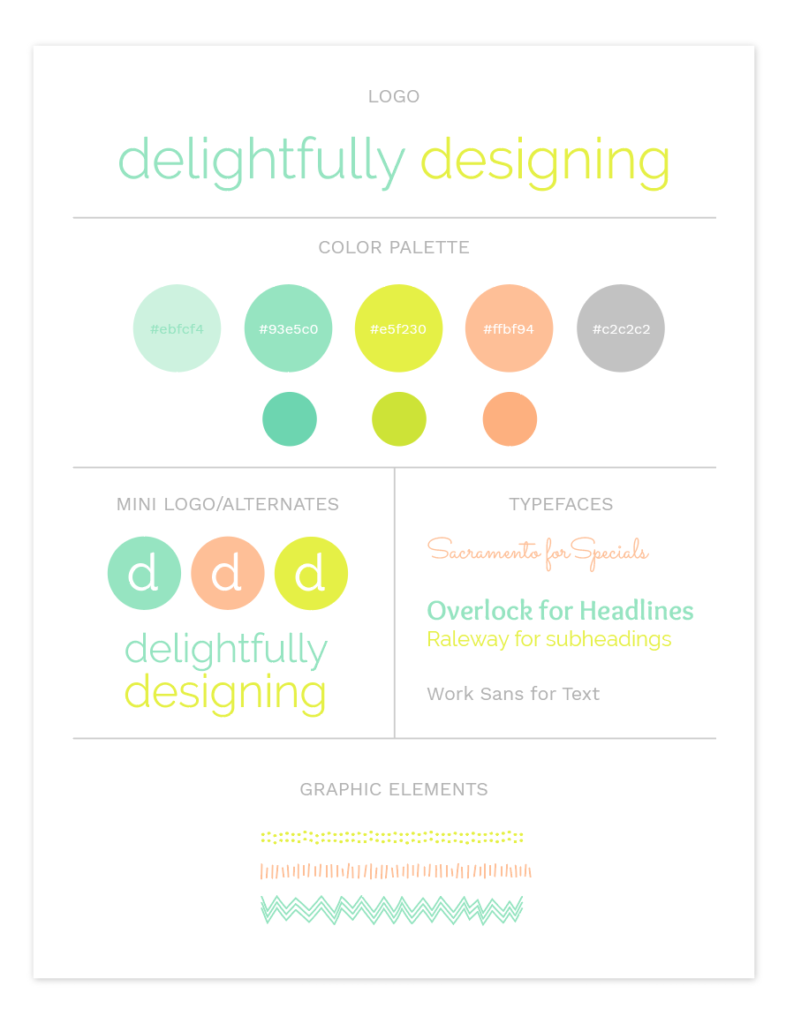
I hope you agree that the overall look is a pleasant one and that I achieved my goal of making Delightfully Designing, delightful. This is all because I had that initial direction from my audience and how I wanted to make them feel.
Related: Why your Business needs a Style Guide
So these are the basics of setting expectations up for your audience.
Here’s a recap:
- Think about your audience + an emotion for your brand first
- Name your business accordingly
- Design a logo that communicates your vision
- Create a style guide that encompasses a color palette, fonts and elements that all build that same expectation
2. MEMORIES
Did you know you can help your audience remember your brand? That’s right, you can help your audience remember your business with subtle cues from, what else, your branding!
Color plays a huge role here. Did you know that color can increase our memory and so the ability for our audience to remember our brand? Color can also affect our mood and our buying decisions.
Learn more about: Developing a Color Palette for your Brand
This means, you can build memories of your brand and train your audience to not only recognize your brand but associate good things with it.
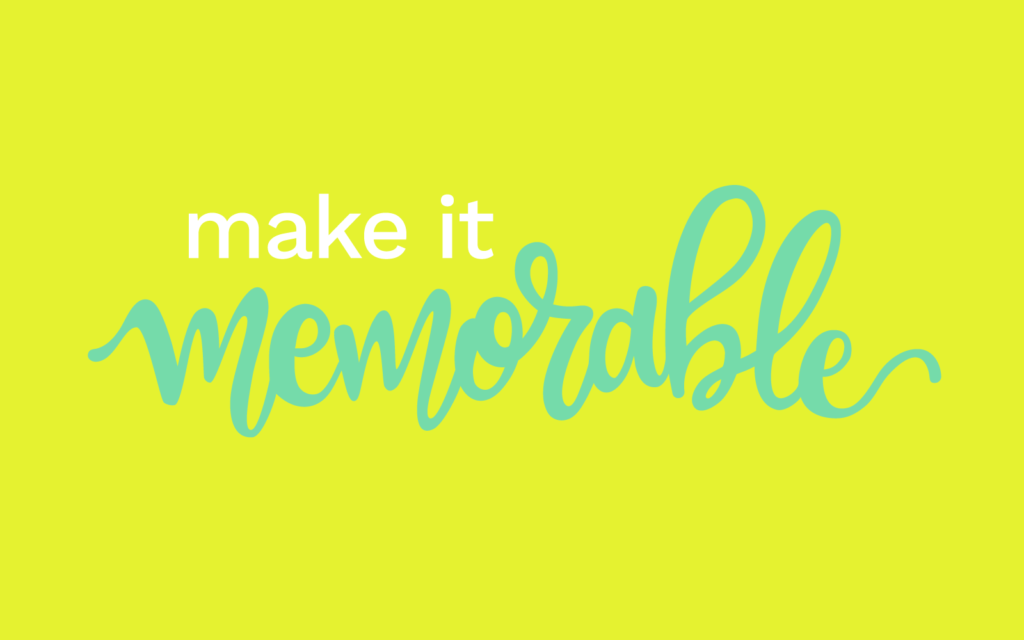
Think about the places you like to shop. I like Anthropologie, for example. What kind of memories do you have of that place, what do you associate with it? For me, Anthropologie brings up memories of a bohemian style that I love; it conjures up delicious scents, beautiful, soft fabrics, lovely patterns and colors and an overall pleasant feeling.
If we take the adjectives in my statement, we get this:
Bohemian, delicious, beautiful, soft, lovely and pleasant.
That is what Anthropologie has established in my memory. That is what their brand represents to me. This, of course, doesn’t happen because of their logo. It happens through my experiences in their stores. For example, the delicious candles they have burning in the store. The beautiful, soft fabrics of their clothes. The lovely patterns not only in their clothing but on their displays and window treatments. The overall pleasant feeling they create by sourcing great furniture for guests to wait on, for their displays and even in their fitting rooms. They have really thought about the experience you will get when you go to their store.
So when you find yourself thinking, what is branding? Remember that it’s MUCH more than just the logo and color palette you’ve chosen.
Branding is an experience delivered to your audience that is so memorable it keeps them coming back for more! Tweet that!
3. STORIES
Your brand story is something you may have heard more about. Stories are powerful. People relate to stories and they transcend culture and language in a way that many other aspects of branding can’t.
In the example about Anthropologie, they tell a story about the person that shops at their store. From their displays to their clothes to their candles, they’re telling the story of the woman that shops at Anthropologie. If you are that woman, you’ll love this story. It doesn’t matter if you speak English or not or whether you’re from a different culture (as I am).
YOUR VOICE
An element commonly used to tell stories, specifically online, is your voice. On the internet, people either read or see your message. You’ll want to communicate your story with your voice and your visuals.
So what do I mean by voice?
Your voice is the way you talk to your audience. You can have a very comforting or comfortable style. Maybe you have a more fun, hip style. Maybe your audience is a little edgier and they appreciate some snark. They might go the other way and prefer a more educational type voice, like a teacher.
The trick about your voice is, it should be YOUR voice. It’s tricky sometimes if your voice doesn’t match the audience you think you want to reach. However, I think the more quality content you churn out, the more your voice becomes part of the package. People who love your content, will appreciate your voice. The only exception here might be foul language. If you think your audience will appreciate it, then it might be something they can relate to. That is something you’d have to test out with your audience and see how they react.
VISUALS
Another way to tell stories is through visuals. This means the graphics on your website, social media and anywhere else your business has a presence. You want to make sure that your story is the same throughout all your platforms. It should match your voice and the overall vibe you’re presenting with the rest of your brand.

These are some of the visuals I use for my own brand. I stick to my palette and try to keep the overall look the same. The idea is that when people see these, they will start to recognize these as part of my brand.
For example, you might have a baby store that you’ve branded with lavender and yellow on your site. It looks sweet and elegant! So creating red and yellow social media images for a sale is not a great idea. People won’t recognize that as your brand. It will clash when the images are placed alongside your other brand imagery. You have to stay within your brand style and make your visuals fit that overall look.
The key is to make sure that your brand story is the same throughout all your channels. This way, your branding is seamless.
4. RELATIONSHIPS
The final component in Seth Godin’s quote is relationships. There are two important relationships within your brand:
- Your relationship with your audience
- Your audience’s relationship with your brand
The relationship with your audience can be defined as your interaction with them. It is also known as, customer service. How do you relate with your audience? What response do they receive when they email you? Do they feel like you’re speaking to them when you blog?
No matter how much you want to think you’re just a business, people want to know you!
That’s why the about page is always the most visited page after the home page. People want to know who you are and what you’re like. The more memorable their experience, the better their relationship with you will be. That sticks with you. Think about the people who have made impression on you. It makes them more likely to want to do business with you and in turn, makes your brand more successful.
The second relationship is your audience’s relationship with your brand. How do they feel when they purchase something from your online shop? How do they feel when they step into your store? What’s it like for them when they visit your Instagram feed or your Pinterest boards?
Are they feeling that emotion that you set out to convey with your brand? Do they feel good about your brand? The relationship with your brand plays a key role in how memorable your brand is to them. That will determine whether they come back or not.
So when you ask yourself, what is branding, think of Seth’s quote.
It is the sum of all of these experiences. EXPECTATIONS, MEMORIES, STORIES + RELATIONSHIPS are what make people choose one product or service over another. That is the essence of branding!
Create memorable experiences that train your audience to associate good feelings with your brand. This keeps you in their memory and keeps them coming back.
Download the workbook above to help you answer questions about your own business. These will help you determine the direction you should take your brand. Once you’re clear on who you serve, branding your business should come much more easily.
I wish you luck with your branding process and if you ever have any questions, I invite you to join my Delightfully Designing a Brand group where you can work on your brand along a group of driven people that are on the same journey!
Here’s to branding you for success!

